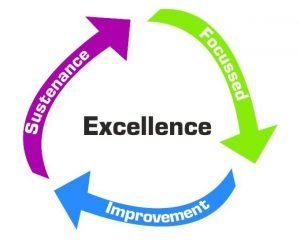In every successful organization, clarity is power.
That’s where the R&R System – Roles and Responsibilities System – plays a crucial role. It ensures that everyone knows what to do, when to do it, and how their work impacts the bigger picture.
⚙️ What is the R&R System?
The R&R System defines and documents the specific roles and responsibilities of individuals and teams within an organization.
It creates a clear structure of ownership, eliminates confusion, and ensures that every task has an accountable person behind it.
This system is a cornerstone of Lean management, where teamwork, discipline, and transparency are key to smooth operations.
🧩 How the R&R System Works
-
Define roles: Outline key positions and their purpose.
-
Assign responsibilities: Specify daily tasks, decision-making authority, and accountability areas.
-
Communicate clearly: Display R&R charts or matrices (like RACI) to ensure visibility across teams.
-
Review periodically: Update roles as processes evolve or teams grow.
This clarity allows employees to focus on value-added work and reduces overlap or gaps in responsibility.
🚀 Benefits of an Effective R&R System
- Strengthens communication and coordination
- Reduces duplication of work and confusion
- Enhances accountability and ownership
- Improves efficiency and decision-making
- Builds a culture of transparency and teamwork
🧭 Conclusion
A well-structured R&R System is the backbone of organizational discipline.
When everyone understands their role and takes ownership of their responsibilities, teams perform better, processes run smoother, and results speak for themselves.
“Clarity creates confidence — and confidence drives performance.”






